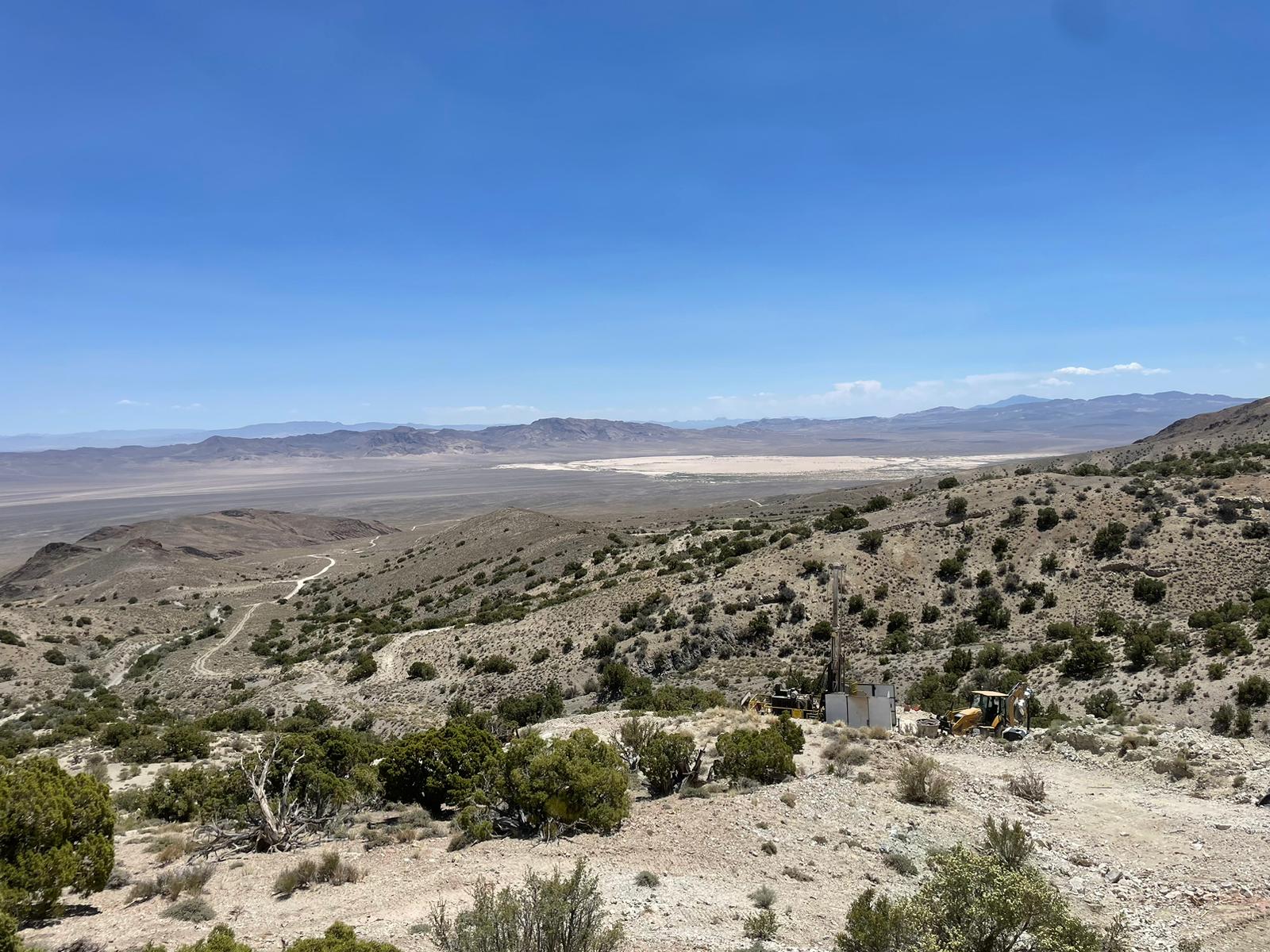Washington begins to examine REE supply chain
May 4, 2011 (Robin Bromby, Editor www.RareMetalBlog.com) – Just how quickly do things change in Washington? Well, slowly, it seems, when it comes to rare earths.
Back in October 1957, the Department of the Interior reduced its level of financial aid aimed at exploration for a number of important minerals – among them rare earths (along with platinum, tantalum, thorium and uranium).
But then came years of reasonable security of supply. The Soviets and the Chinese were exporters of REE to the US and the Mountain Pass mine in California came into production. There was also downstream manufacturing in the US once the REE oxides were produced or bought. But in 1998 the Mountain Pass separation plant closed following regulatory problems, and mining was suspended in 2002.
The next year, Magnequench, a neodymium-iron-boron (NdFeB) magnet producer which had been based in Indiana, moved its equipment to China. That same year, a German company, Vacuumschmelze which made the magnets in Elizabethtown, Kentucky, also shut up shop. Two years later, Hitachi Magnetics Corp closed its NdFeB facility in Edmore, Michigan.
Those facts are spelled out in by the General Accountability Office in its April 2010 report, “Rare Earth Materials in the Defense Supply Chain”. The report pointed out that, while the United States previously performed all stages of the REE supply chain, most of the processing was now done in China. (This fact is sometimes overlooked, with so much attention being given to China’s mining dominance when it comes to REE. But it should not be.)
The GAO estimated that rebuilding that chain in the US could take up to 15 years and would be subject to developing new technologies and acquiring patents held by international companies.
But some steps are being taken. A report came out of the America Security Project in February that focused on the serious implications for US national security of China’s REE dominance.
Last month Colorado Congressman Mike Coffman was applauded by the US Magnet Materials Association for introducing a bill that was aimed at kick-starting America’s REE rebirth.
Jeff Green, of consultants J.A. Green & Co, and a man who had advised a range of REE companies and provided advice to the US government on energy and national security issues, believes there is still a long way to go to get the country’s political leaders on top of the REE issue.
He’s actually not so much concerned about the Chinese motives on rare earths – whether there’s a political agenda or they want to attract more tech industries to locate there – so much as the looming shortages of some REE and the implications for US interests.
He is worried about the fact that there are no neodymium magnets being made in the US, no alloys from REE, no value-adding.
On the bright side, Green has seen some progress. There is a growing awareness that REE security is a complex issue, that elements are not all the same and there are 17 of them – what he calls getting to Stage 2 on the learning curve. But that’s it: otherwise, most politicians have been missing in action on the issue, especially in getting the message across that there is more to the whole rare earths issuing than just mining them.
Green says some people feel secure because Japan has processing facilities and Japan is a friend of the US. But this, he adds, ignores the issue of how the Japanese companies get the supplies of oxides. And, as we know, for a time late last year the Chinese cut off those supplies. So he worries about what he sees as an over-reliance on Japan as a source of processed REE.
Green sees Australia as an important trading partner when it comes to securing a supply of REE oxides. New mines there, along with the reopening of Mountain Pass, are important to US interests.
But getting Mountain Pass in California and Mt Weld in Australia into production is only part of the answer. He has pointed out in other interviews that mining is only step one – and the easiest step – in a five-step process to producing products such as military strength magnets. The others are separating REE, refining oxides into metals, forming the metals into alloys and manufacturing the alloys into commercial components. These are the issues he wants to see American leaders discussing
He has also made the point that the US is behind the pace scientifically, with about 60 scientists and engineers with specialised knowledge of magnet production compared to 6000 in China.
{{ commodity.name }}
{{ post.title }}
{{ post.date }}

Comments